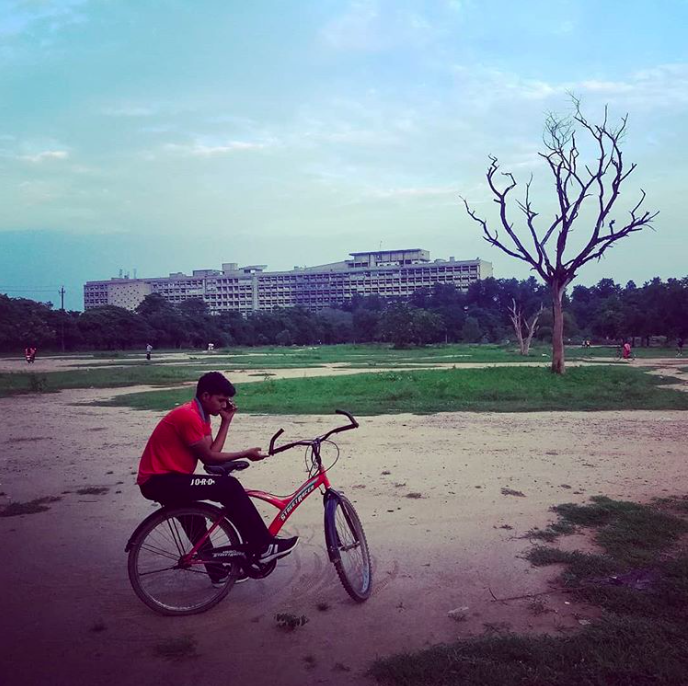Grafting utopias
The annual festival of Delhi’s oldest architecture school is called Utopia. When I ask the students why it is called so and if they know what it means, they look confused. One exclaims, ‘Utopia is what we will create… it’s the perfect place, the perfect city…’ So I ask them, ‘But does it exist? And if it does, where is it?’
Generation after generation of architecture school students are fed on the idea of architects as the creators of perfect houses, cities and townships. They are taught about master plans that will save the world, from itself; they are trained to build townships with glimmering sharp-edged buildings, which no one can clean; they are taught about the deliverance of the world through architecture. This could be a deliverance based on emulating the glass facade high-rises of Dubai, London, Shanghai or the dull concrete corridors of Cold War era buildings across South Asia, Eastern Europe and the erstwhile USSR. Such prototypes reflect a deep and determined utopian imagination that continues to be entrenched in architectural planning and practice. Modernism and brutalism made a promise, a social contract of being architecture for the people, for their needs. Yet they failed in many ways either through buildings that people cannot use or those to which people have to fit themselves.
Is modernist architecture adaptive or normative? Can it accommodate the expansions of desires and the accumulation of years? Does it fabricate buildings for people or people for the buildings? The utopian world delivered by architecture or ‘the city of the future’ as Corbusier called it was believed to have the power to get rid from the world all its social evils. This imagination needed a frame that could avoid the disorder of the real world and yet be perfect in totality. The modernist plan was precisely this frame, which provided relief to architecture’s anxieties about the chaotic world. The axiom of the modernist frame—‘perfect cities make perfect citizens’—allowed architecture to not have to engage with the disorderliness of the social at all and superimpose the idea of a utopian future in blueprints and master plans, which could actually never be implemented in entirety but perfected and completely controlled in their internal form.
Of architectural anxieties
Three main anxieties have continued to haunt architecture: first, the presence of human beings; second, how to control humans and their actions; third, who will be the master controller (planner) of the future. Where are these anxieties coming from?


